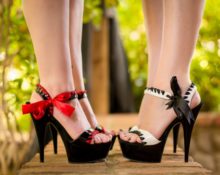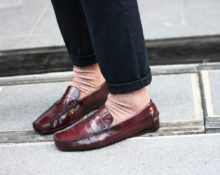The burqa is the most important item of clothing for women in Islamic countries. The classic burqa has the shape of an elongated robe with fake sleeves that mask all the outlines of the female figure. The interlocutor can see only part of the face, covered with a thick mesh material made of horsehair. It can be easily raised and lowered, which is very convenient.
Who should wear a burqa?
In Islam, there is no strict requirement for women to hide their faces behind cloth. According to the Koran, hijab involves wearing women's clothing that covers the legs to the ankles and part of the arms and hands. The owner's head and chest area should remain covered.
REFERENCE! The exception is very young girls who have not yet begun puberty. Also, this type of clothing is not required to be worn by older women and those who, for financial reasons, do not have the opportunity to buy it.
National characteristics
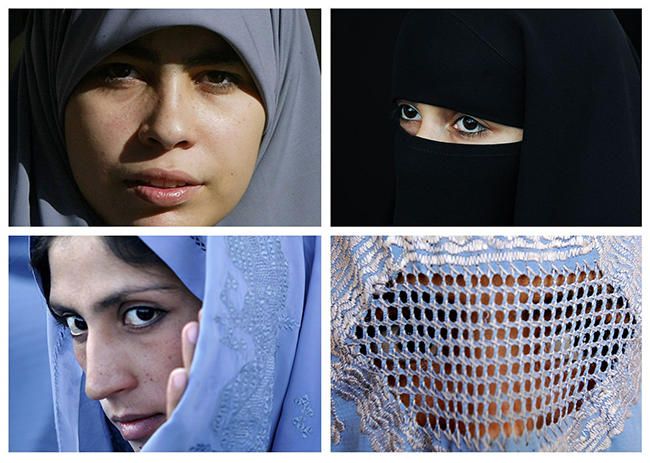 In some territories, the use of burqa and other religious attire is strictly prohibited when in public places. For example, in Turkey, quite recently, representatives of the fairer sex were prohibited from visiting government institutions, such as clinics, shops and others, wearing a burqa. From time to time, people express their own opinions against this ban, try to regain the former right to wear these clothes and thereby revive lost ancient customs.
In some territories, the use of burqa and other religious attire is strictly prohibited when in public places. For example, in Turkey, quite recently, representatives of the fairer sex were prohibited from visiting government institutions, such as clinics, shops and others, wearing a burqa. From time to time, people express their own opinions against this ban, try to regain the former right to wear these clothes and thereby revive lost ancient customs.
ATTENTION! In modern Islamic reality, the burqa can most often be found in Afghanistan. There, women wear tightly closed veils. They are connected to the outside world only by a thin mesh around the eyes. Variations of this type of clothing are the niqab and burqa. They are more common in Saudi Arabia. There are some states where all women without exception are required to wear a burqa. This has nothing to do with religion in this case. For example, such a condition exists in Iran and Saudi Arabia.
Purpose of the burqa
This type of outerwear should cover the entire body. A prerequisite for this item is the presence of long sleeves. The burqa should hide the face and hair of the stranger. This clothing is designed to hide the figure of its owner from prying eyes. Thus, when the girl left the house, she should be completely covered.
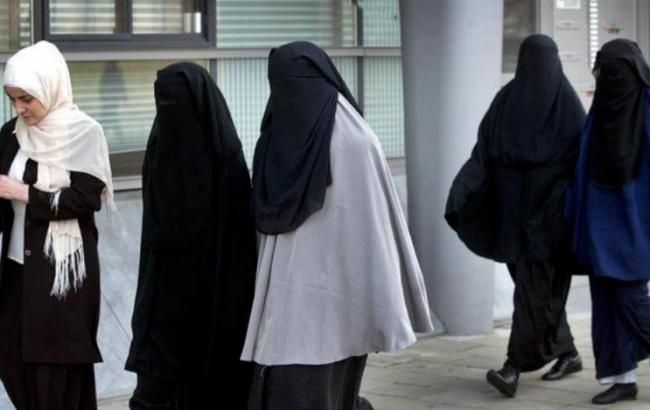
There are a number of requirements and conditions for this type of clothing. It must have the following special features:
- be wide and completely hide the outline of the figure;
- the sleeve should be of such length that the hand is open;
- must be made of dense wear-resistant materials;
- fabrics for production must be strictly monochromatic and not flashy;
- it is prohibited to spray perfume or other aromatic substances on it;
- Women's clothing should be radically different from men's.
Should all women wear it and in what cases?
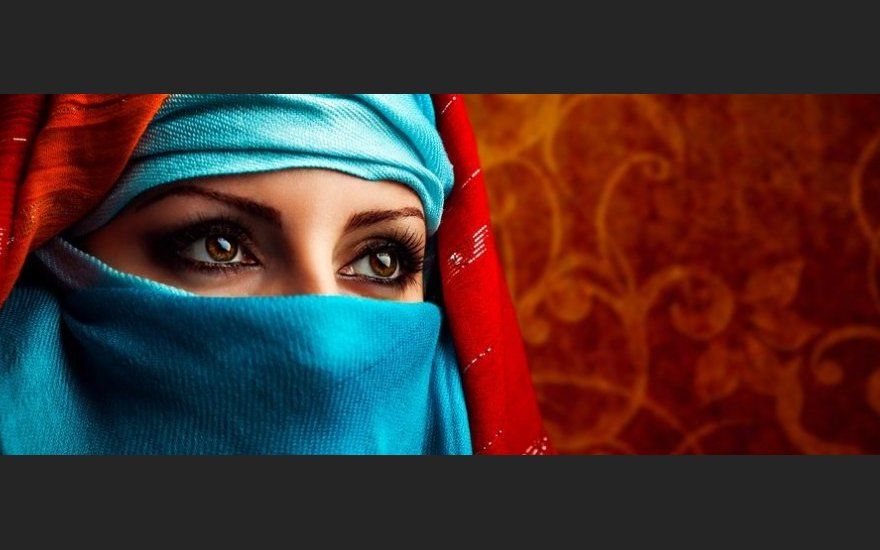
Every woman has the right to make her own choice to wear these clothes or not. Walking along the streets of large cities in developed Muslim countries, you can see that all people dress differently. There are established cases when women are allowed not to wear a burqa:
- a girl can reveal her face to a stranger during the matchmaking process if her future husband is invited to the bride;
- it is allowed to show your face in cosmetic stores when communicating with sellers when selecting personal care products;
- if there are no strangers in the girl’s house;
- in the presence of her spouse or in the presence of her closest relatives who do not have the right to woo her;
- if you need to take an ID photo with your face open;
- You may not cover yourself when visiting doctors in hospitals in the presence of your husband or any other male relative.
Women can only be “throwing stones” for refusing to wear a burqa in the most remote and undeveloped villages. In today's rapidly changing world, much is already determined by the characteristics of upbringing, as well as family traditions. So, if in a girl’s family her mother and grandmother wore some kind of national clothing, she will most likely want to adopt this tradition from her ancestors.


 1
1

